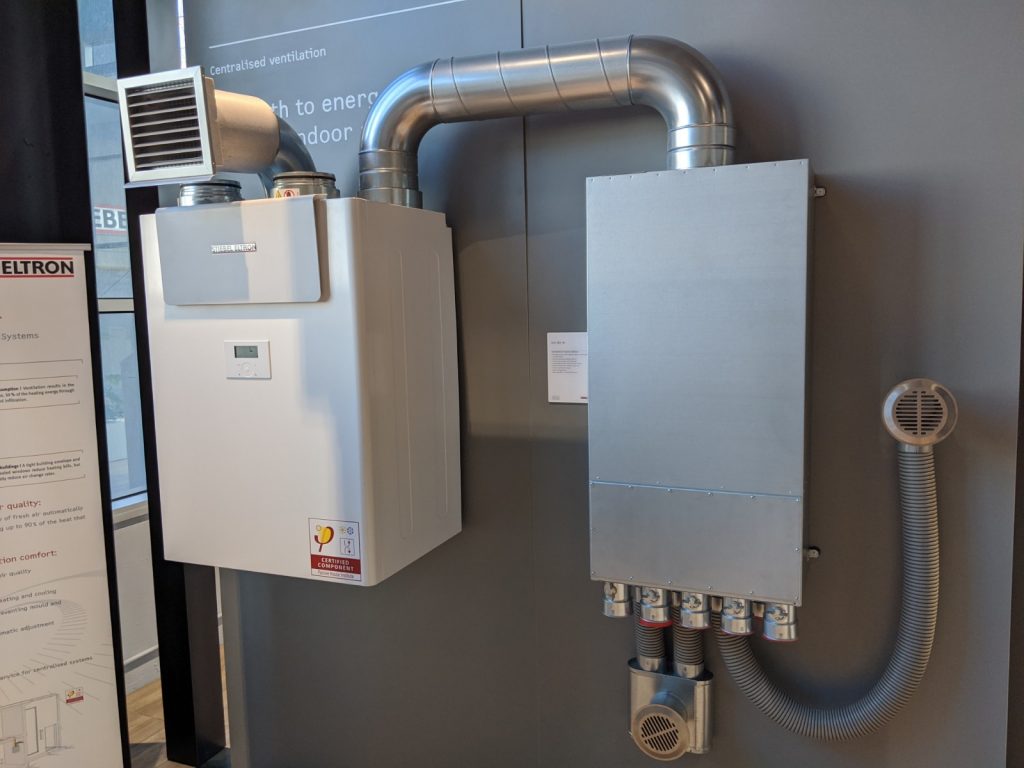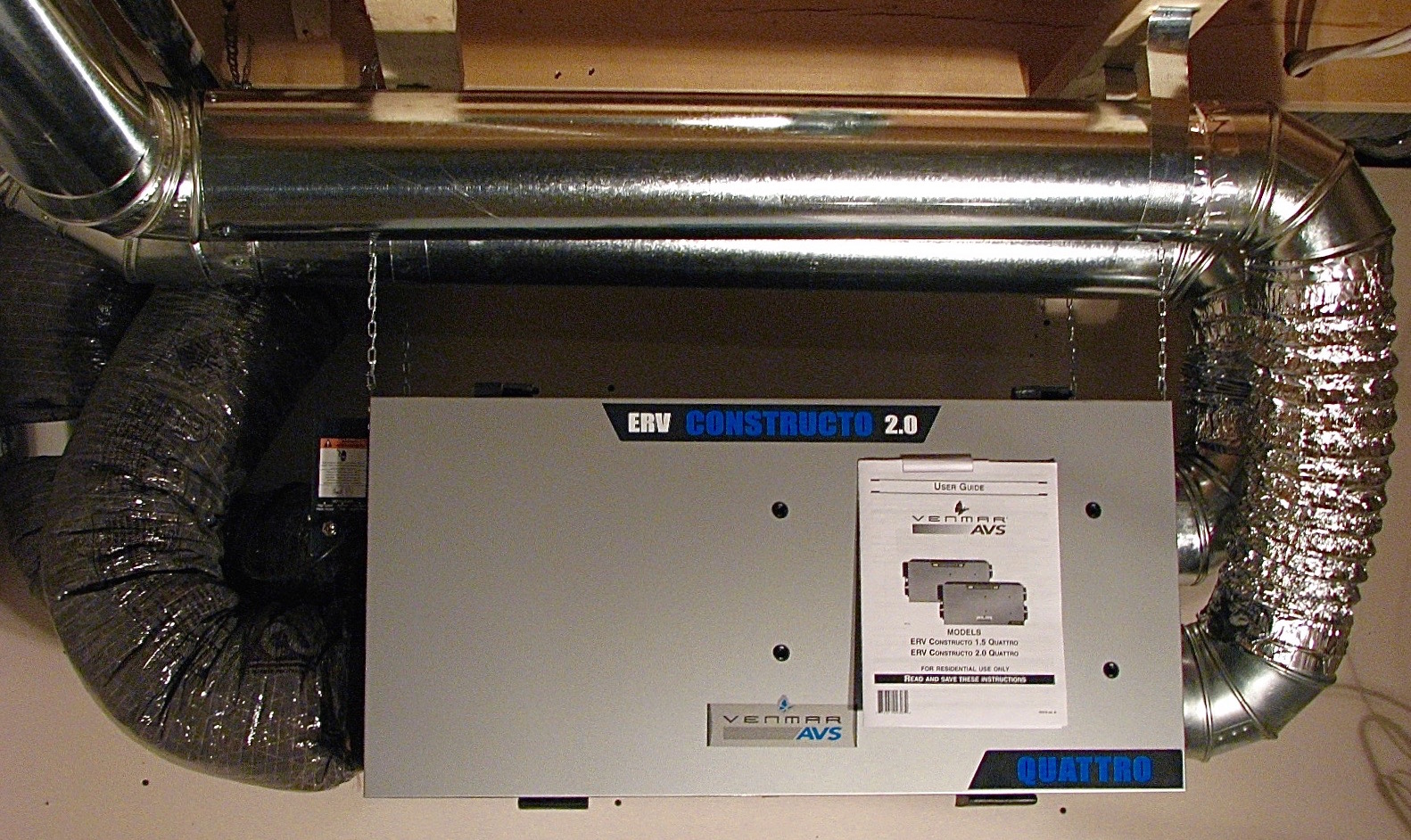How Heat Recovery Ventilation Boosts Indoor Air High Quality and Reduces Energy Costs
Heat Recovery Ventilation (HRV) systems play an essential role in enhancing interior air top quality while all at once reducing energy expenditures. By efficiently trading stale indoor air with fresh exterior air, HRVs help preserve perfect moisture and reduce pollutants. Furthermore, their capacity to recover warm from outward bound air reduces the stress on home heating and cooling systems. As energy expenses remain to rise, understanding the full possibility of HRV systems comes to be increasingly essential for home owners and businesses alike.
Comprehending Heat Recovery Ventilation Equipments

Heat recovery ventilation (HRV) systems play an essential function in improving interior air top quality, specifically in modern-day, energy-efficient structures. These systems are designed to move warmth from the outgoing stale air to the incoming fresh air, thus lessening power loss while keeping ideal temperature levels indoors. HRVs consist of a heat exchanger, fans, and ductwork, assisting in the constant blood circulation of air. By eliminating interior pollutants and introducing fresh air, HRVs aid to balance moisture degrees, avoid mold growth, and reduce allergens. The performance of HRV systems exists in their capacity to recoup approximately 80% of the warm from the tired air, promoting power preservation while guaranteeing a healthy interior setting. Their combination is vital in attaining lasting living methods.
The Importance of Indoor Air Top Quality
Indoor air quality (IAQ) is an essential aspect influencing the wellness and wellness of occupants in any type of environment. Poor IAQ can bring about different health problems, including respiratory system problems, allergic reactions, and fatigue. In addition, it can intensify present conditions such as bronchial asthma. Elements adding to low IAQ consist of pollutants from interior sources like cleaning up agents, mold, and poor ventilation. Maintaining great IAQ is essential for promoting a risk-free and comfy living or working area. Reliable techniques to boost IAQ involve normal monitoring of air high quality, appropriate ventilation systems, and reducing using hazardous materials inside. By prioritizing IAQ, individuals can assure a healthier environment that promotes performance and overall top quality of life.
Power Effectiveness Perks of HRV Solutions
Numerous property owners and building managers are increasingly identifying the power efficiency advantages of warmth healing ventilation (HRV) systems. By moving warm from tired indoor air to inbound fresh air, HRV systems substantially lower the power needed for home heating and cooling. This process decreases reliance on traditional HVAC systems, bring about lower power expenses. Additionally, HRVs aid preserve a balanced interior climate, protecting against extreme home heating or cooling needs. The capability to recoup as much as 90% of the heat from outbound air also sustains sustainability efforts by lowering general power usage. HRV systems contribute not only to cost savings yet likewise to a lowered carbon footprint, straightening with the growing focus on energy-efficient structure practices.
Installment and Upkeep Considerations
The reliable application of heat recuperation ventilation (HRV) systems calls for cautious consideration of installment and maintenance elements to assure peak performance. Appropriate positioning of the HRV system is important, as it must be installed in a location that makes best use of airflow while reducing noise interruption. Furthermore, ductwork needs to be properly sized and protected to stop energy loss. Routine maintenance, consisting of filter substitute and system cleaning, is critical to safeguard ideal functionality and interior air high quality. Proprietors ought to establish a normal upkeep timetable to identify and address prospective issues prior to they HRV Heat Recovery Ventilation intensify. Partnership with knowledgeable professionals during both installation and maintenance phases can boost the longevity and effectiveness of HRV systems, inevitably bring about far better indoor environments and reduced power prices.
Real-World Applications and Success Stories
Checking out real-world applications of warm recovery air flow (HRV) systems discloses their considerable influence on indoor air top quality and power effectiveness across numerous settings. In property buildings, property owners have actually reported enhanced air high quality, resulting in less allergies and respiratory system problems. Schools implementing HRV systems have actually noted enhanced pupil concentration and reduced absence due to far better ventilation. Business buildings, such as workplaces and retail rooms, have experienced reduced energy costs and increased staff member efficiency. A company office in a pleasant environment attained a 30% decrease in energy costs after setting up an HRV system. These success stories show that HRV innovation not only adds to much healthier settings yet additionally offers tangible financial advantages, making it a useful investment for different sectors.
Frequently Asked Questions
Can HRV Equipments Lower Allergens in Indoor Air?
The performance of HRV systems in lowering interior allergens primarily depends upon their ability to filter and exchange air. HRV Heat Recovery Ventilation. By continually replacing stale air, these systems can considerably lower irritant degrees throughout interior atmospheres

Exactly How Does Moisture Affect HRV System Efficiency?
Humidity greatly affects HRV system performance; high degrees can cause condensation, lowering effectiveness, while reduced moisture might improve air exchange. Stabilizing humidity is essential for perfect procedure and preserving interior air high quality.
Are HRV Systems Noisy During Operation?
HRV systems can produce differing noise degrees during procedure, depending upon their style and installation. Some units operate silently, while others may create visible audio, specifically at higher air flow settings or when poorly preserved.
What Is the Average Life Expectancy of an HRV System?

Can HRV Equipments Be Made Use Of in All Environments?
HRV systems can be made use of in various climates, but their performance might differ - HRV Heat Recovery Ventilation. In severe temperature levels, modifications or supplementary systems may be essential to assure perfect performance and comfort while maintaining indoor air high quality